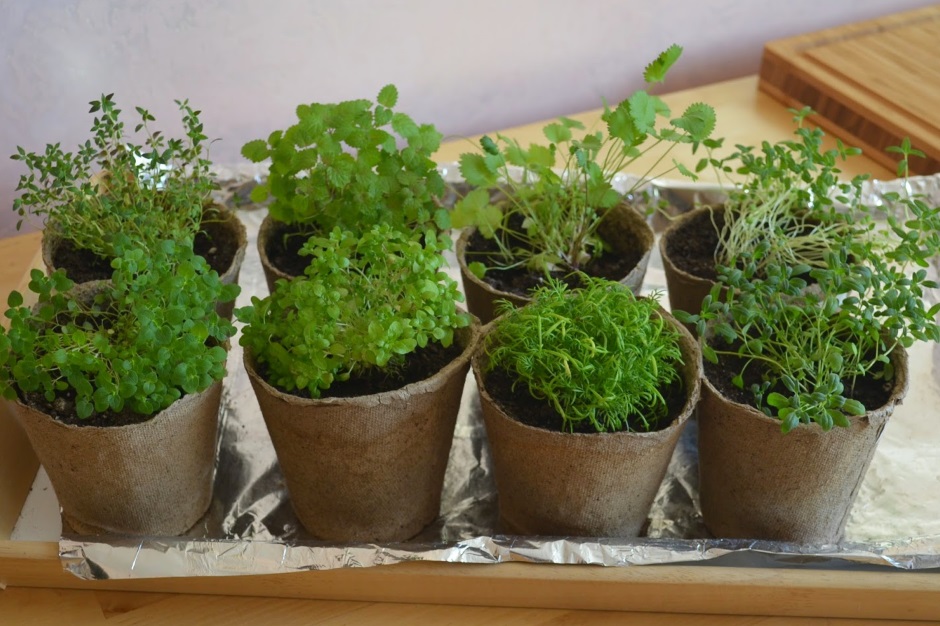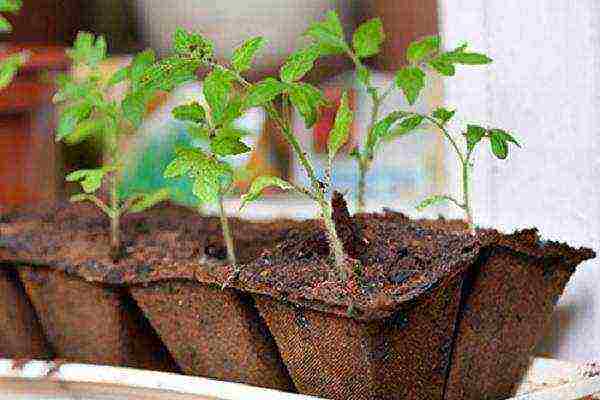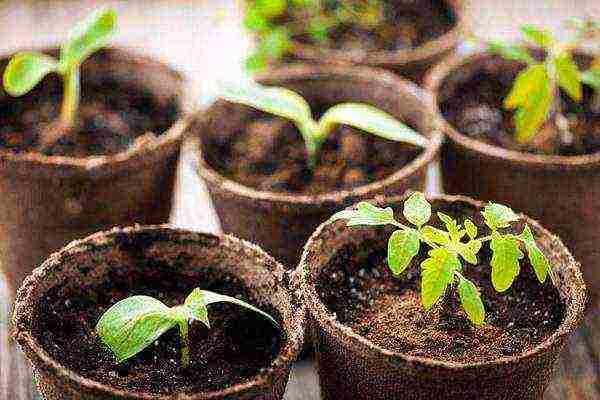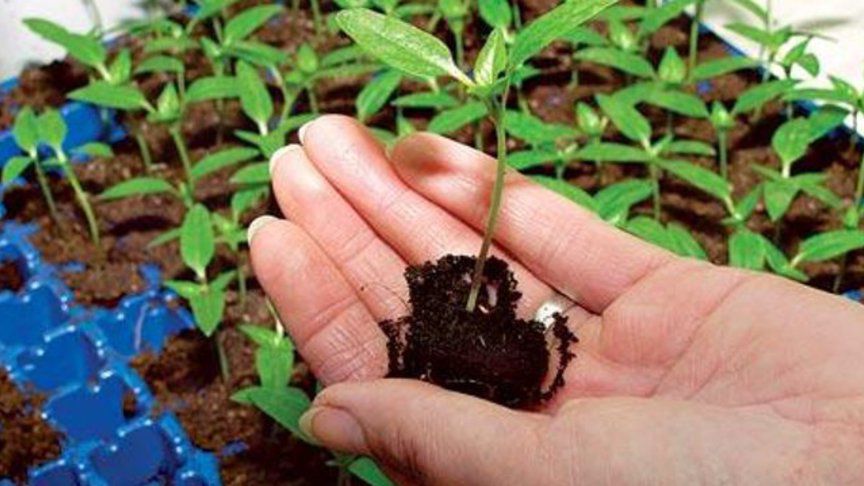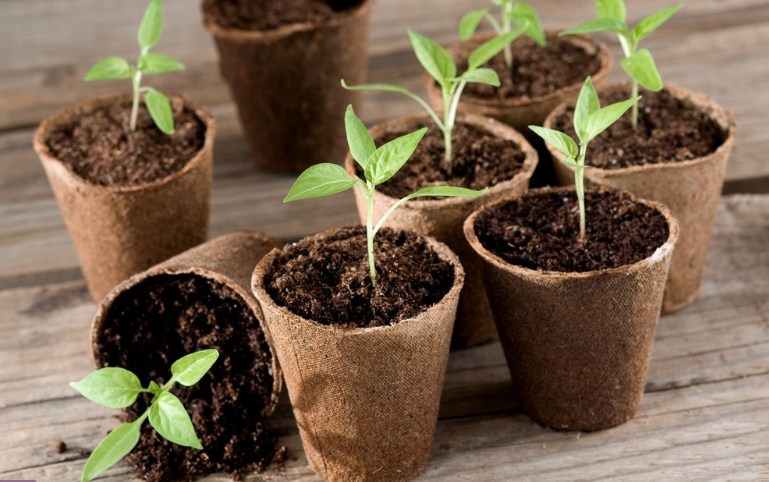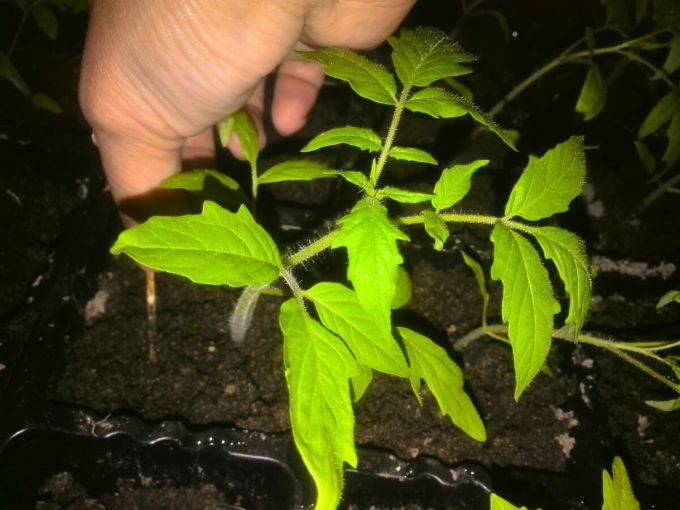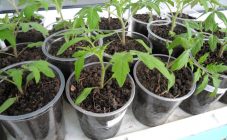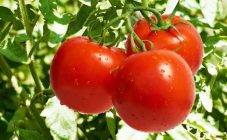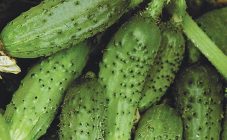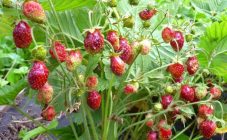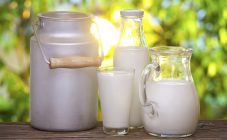Content:
Peat pots have been on the market for about twenty years, but they have only recently begun to be actively used. What are their advantages and disadvantages? This is worth discussing today.
What is it - a peat pot
This is a pot made of peat and admixtures of cellulose and humus, which is intended for picking and growing seedlings. They come in completely different shapes and sizes. The main thing is not to run into an imitation of such a pot, where the main component is cardboard.
For what purposes is it suitable
The main task of the peat pot is its subsequent decomposition in the soil. When decomposing, it not only dissolves, but forms a fertilizer that favorably affects the survival of seedlings in the open field.
What can be planted in them
Using traditional plastic cups, later, when transplanting, you can damage the root system of the plants. When using peat analogs, this problem will not occur, the disembarkation will occur together with them. Hence, it is a great option for eggplants and cucumbers.
The peat in the pot creates an acidic environment in the open field. And this is a favorable environment for white cabbage, bell peppers and various varieties of tomatoes.
You can also grow strawberry seedlings here.
What is undesirable to grow
Peat pots are not recommended for seedlings that prefer lime soil. This includes Chinese cabbage, garlic, and onions. Here, ordinary disposable cups are much better suited.
Benefits
The following advantages can be safely attributed to this:
- environmental friendliness and rapid degradability;
- plants in such a pot can breathe and ventilate, therefore, condensation and the process of decay of the root system will not occur here;
- the pot decomposes to form fertilizer.
disadvantages
The disadvantage of peat pots can only be attributed to their single use. But, having tried this kind for picking and growing, many gardeners are not ready to change it.
